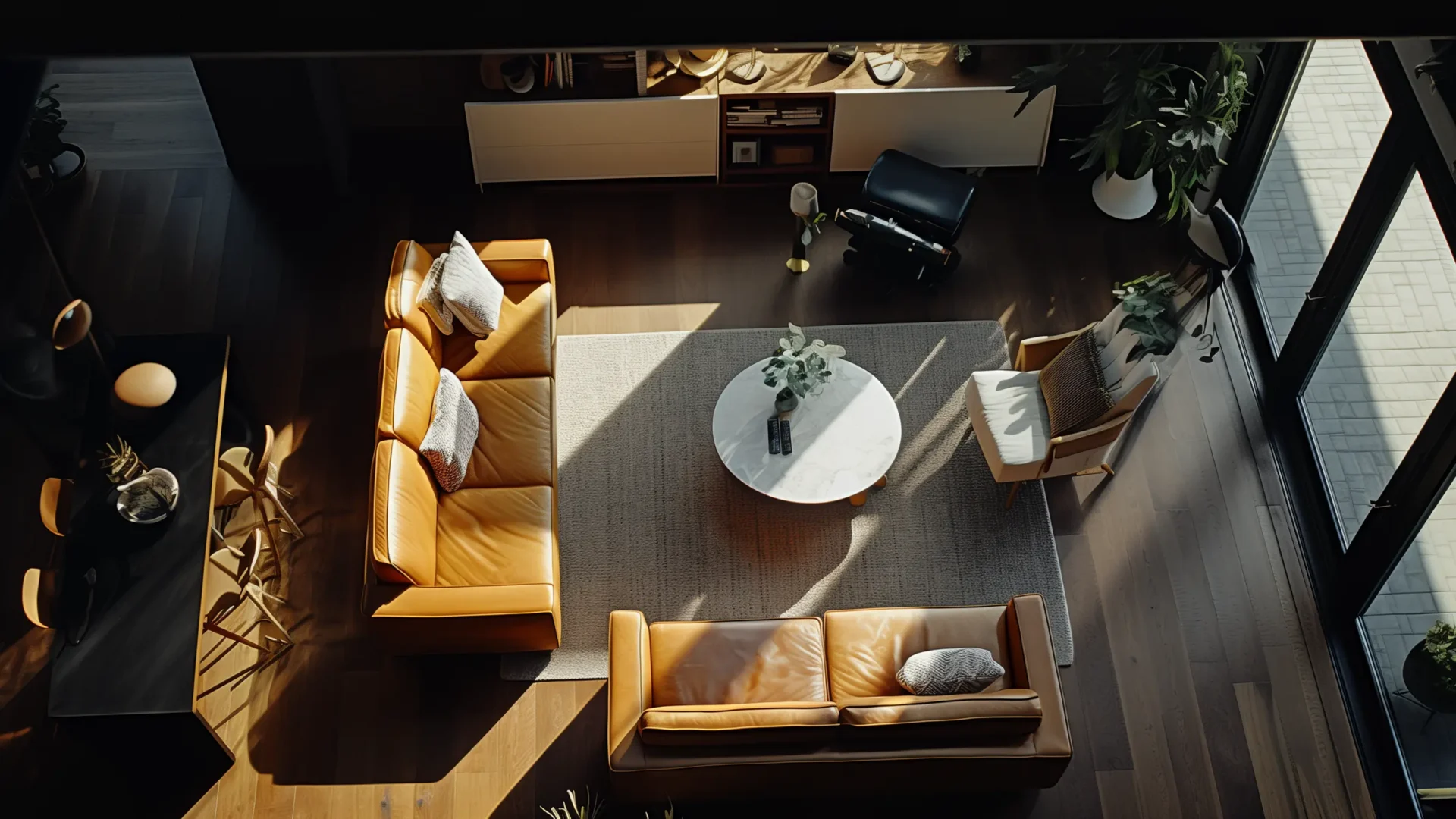Configuration
A design's current phase or arrangement.
Much like how people can be in different conditions, designed outcomes can be in different states. The Big Thunder Mountain Ride at Walt Disney World can be operating or can be closed for refurbishment. A car can be new and shiny or rusted and neglected. In both of these cases, the design is either in an operable contain or a state of disrepair due to neglect or normal wear and tear.
Sometimes, designed outcomes are designed to change into different states based on the user’s needs. Flip phones were intended to be open or closed. Both the open position and the closed position are states the phone was designed to take. A jacket can be in a state of being unzipped or zipped, depending on the user’s needs. In each of these cases, if the state of the design does not align with the user’s needs, they will likely discard the design.
Examples of Configuration
- An open pocketknife with the blade out
- Furniture in the living room of a house that has been moved for hosting a party
- A button on a website in the “up” position when hovered
- A link on a website showing a color that denotes it has been visited
- Folded compact
- Expanded mode
- Default settings
- Adjustable position
Researching Configuration
A design’s configuration can be assessed through observation. Researching all the states of a product, service, or system helps researchers examine what a design can do and how external factors alter it. If the outcome is designed to be configured differently by people who use it, pay careful attention to why a design is being configured for a specific purpose at a certain time.
Questions to Ask
- What is the condition of this product/service/system?
- If the design can be configured into different positions, like a folding chair, ask… What is the design’s state/format when it is being observed?
- Is the outcome designed to be in this state? Is the state preferred?
- How could an outcome in this state cause frustration for people who use it?
- Is it clear how to get the design to operate in this state?
- What happens when the design is reproduced in a different form? For example, when a webpage is printed or a teaching lesson plan is facilitated.
Look For…
- State of repair
- Configuration for a specific purpose
- What parts of the design move, swivel, and operate
- Pain points caused by different states of a design
Sources
Business
White, K., Lin, L., Dahl, D. W., & Ritchie, R. J. B. (2016). When Do Consumers Avoid Imperfections? Superficial Packaging Damage as a Contamination Cue. JMR, Journal of Marketing Research, 53(1), 110–123.
Design
Gibson, J. J. (1979). The Ecological Approach To Visual Perception. Boston: Houghton Mifflin.
Norman, D. A. (2013). The Design of Everyday Things (Revised and expanded edition ed.). New York: Basic Books.
Social Science
Wewer, A., Bilge, P., & Dietrich, F. (2020). Examination of the attitude and assessment of new, used and overhauled products and the influence on the purchase decision- a survey. Procedia CIRP, 90, 121–126.
